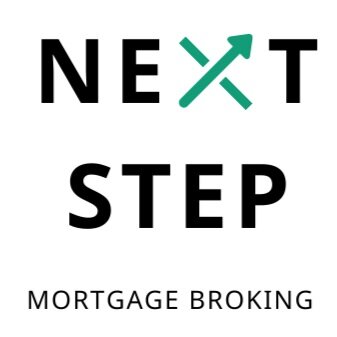Loans 101 - Loan-Value-Ratio (LVR) - This is something you need to know.
We’re going to keep this one brief. Your Loan-to-Value ration, otherwise abbreviated to LVR is measured as follows:
LVR = (amount you are borrowing) / (cost of asset)
So, if you want to buy a house costing $400,000 and you need to borrow $350,000, then your LVR is
LVR = $350,000/$400,000 = 87.5%. In other words, you have borrowed 87.5% of the cost of the property.
You can think of LVR in terms of exposure to risk; the more you borrow, the more risk you are taking on. Analygously, the more you borrow, the more risk the lender takes on.
Your lender is smart; they want to be compensated for taking on more risk. If your LVR is more than 80% (in the above case the LVR was 87.5%), the banks will charge you a premium known as Lenders Mortgage Insurance (LMI). This is insurance the lender takes out in case you default. For a property costing $400,000 with an LVR of 87.5%, LMI will cost you just under $5,000! Adding to this, the lender will typically charge your more interest the higher your LVR.
Another fact to keep in mind, the lower your LVR (i.e. the less you borrow relative to the cost of a property) the more doors you open up in terms of the lenders you can access. There are some lenders who won’t even look at an LVR above 80%.
The below table summarises what you need to know.
Now, this doesn’t mean you always need to have an LVR below 80%. In the grand scheme of things, incurring LMI of $5,000 to buy your first home is not a huge amount of money. Adding to this, if you wait to accumulate a greater deposit, prices may further increase; a property costing $400,000 12 months ago, may now cost $450,000, necessitating a larger deposit to get your LVR below 80%.
The above may sound a bit tricky, but we are here to help you navigate the world of mortgages and provide you with the best and lowest cost outcome.


